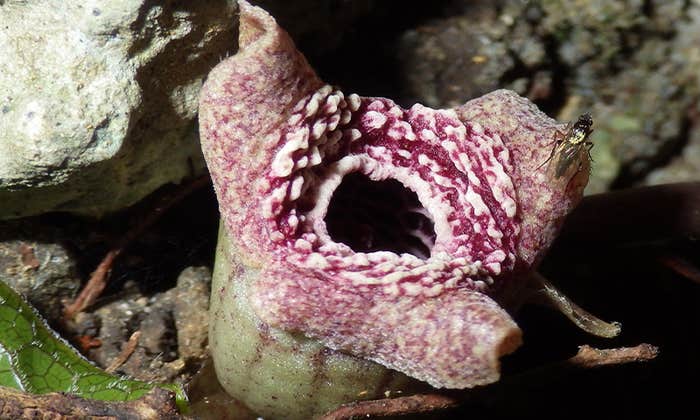Our noses are incredible things. Most of us can distinguish around 10,000 different smells—but like many kinds of human experience, we each smell those smells somewhat differently. In one recent post on the Nautilus blog, Facts So Romantic, Veronique Greenwood looked at one particularly divisive smell molecule, androstenone. It turns out that to some of us, androstenone smells like vanilla, and to others it smells like something distinctly less pleasant: urine. Veronique mentioned that there are something like a dozen of these sorts of chemicals, and one commenter (“crankyotter”) wanted to know what those chemicals were, exactly. So we went back to Joel Mainland, a researcher at Monell Chemical Senses Center, and he told us a lot more about how your sense of smell might be different from mine.
First, there are three molecules whose pungency has been shown to be genetically determined. We explained the strange case of androstenone already, but what about the other two? One is isovaleric acid, which smells like sweat. While we’ve all probably experienced a stinky locker room, not everyone smells isovaleric acid the same way. Some people, those with a particular kind of olfactory receptor gene, are hypersensitive to the smell. To others, the molecule smells sweaty, but not overpowering. The other molecule is cis-3-hexen-1-ol (C3HEX for short) and despite the exotic-sounding name, it is simply the smell of cut grass. You encounter C3HEX all the time, emanating from fresh fruits, vegetables, and wines; it’s even added to foods to make them taste fresher and (when it is desired) grassier. As with isovaleric acid, everyone can smell C3HEX, but researchers recently discovered that just two genetic substitutions in an olfactory receptor gene makes an appreciable difference in just how well you pick up the smell.
Now, these aren’t the only three smells that we might smell differently—they’re simply the ones for which we’ve found the genes that control those differences. Identifying those genes isn’t exactly easy. Genes that control our sense of smell, called olfactory receptors, make up one of the largest families of genes in the entire genome. There are 855 different olfactory receptors scattered across our DNA. So other smells that people have long debated—like cilantro and the urine of people who recently ate asparagus—have thus far eluded scientists’ hunt for a genetic explanation. They know that people experience those smells quite differently, but they don’t know precisely why yet. Beyond that, there may be countless chemicals that are processed slightly differently depending on people’s genetic make-ups.
There is also a whole other category of scent individuality: people with anosmias—an inability to smell a particular compound. Just as there are different kinds of colorblindness, there are many types of anosmia—almost 100 known examples. Eugenol smells like cloves, if you can smell it, but not everyone can. Those with an allicin anosmia can’t smell garlic. Some people can’t smell menthol or vanilla. Iodoform is that vague disinfectant smell of hospitals, and skatole, and, as its name suggests, is the smell of scat. Both are compounds that some lucky people can’t smell at all. Lyral is a compound found in perfumes, described as “a soft delicate floral lily, cyclamen note, reminiscent of muguet,” by those who can smell it. The list goes on, and reminds us that we might all live in the same world, but we certainly aren’t all smelling the same world.


























